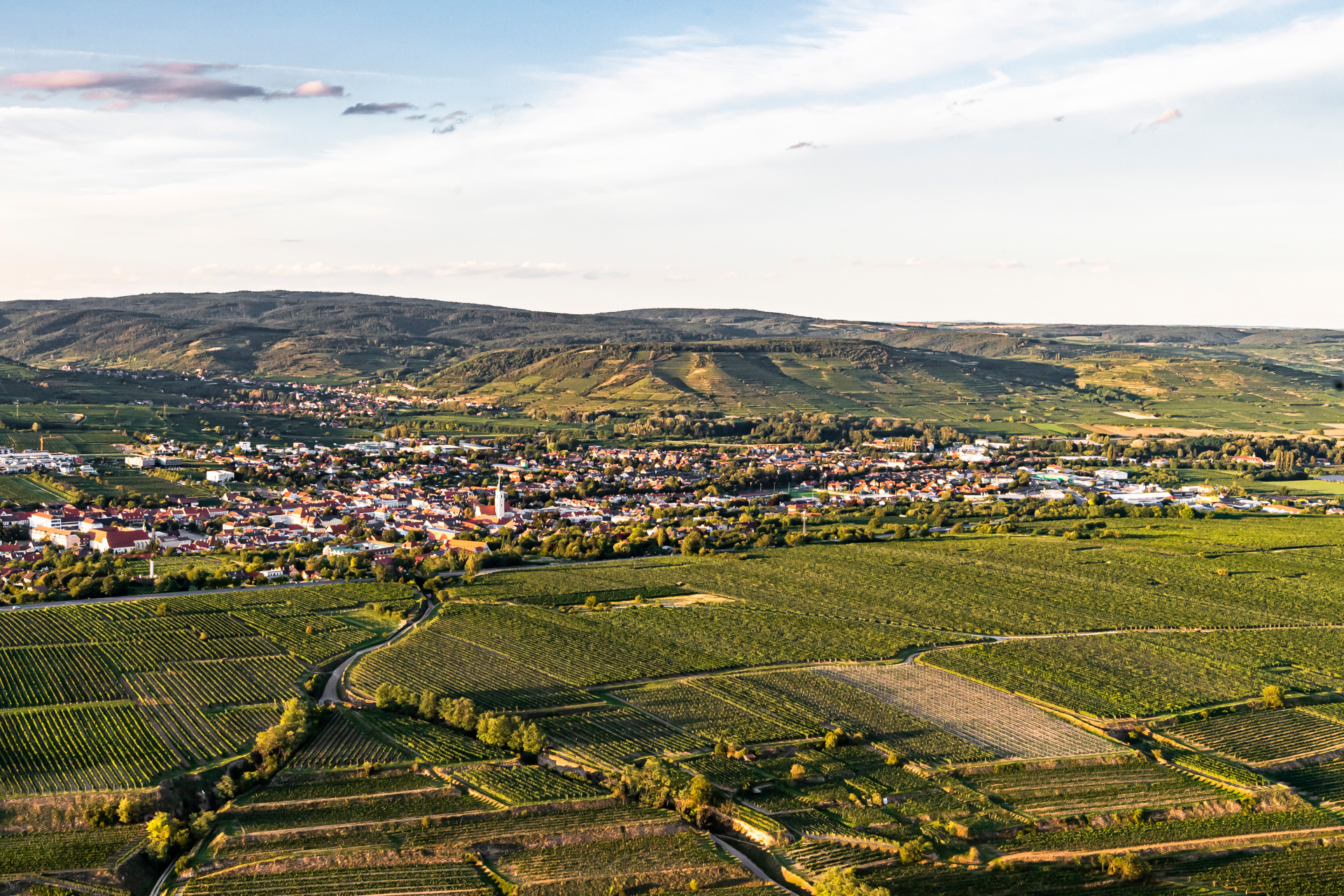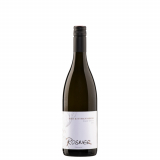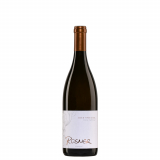The warm and dry winter of 2019 was followed by an inconsistent spring: April was again very warm, while the coldest May since 1991 brought a great deal of rain and retarded the development of the vines; fortunately, there were no late frosts anywhere to damage the prospects. In retrospect, this wet period figured undoubtedly as a stroke of luck because it made a decisive contribution to ensuring that the vines and clusters survived the torrid summer months unscathed. Ultimately, it also contributed to a noticeably different sort of aromaticity than in the previous vegetation cycle, in which this ‘water reservoir’ was not available. The vines blossomed at a normal time and under favorable weather conditions.
Summer got under way with the warmest and driest June since temperatures began to be recorded, and continued with a July and an August that were almost as hot, although the heat waves were not as extreme as in 2017 and 2018. Thankfully, there was no hail damage.
With the end of August a cooler period began, which above all brought with it pleasantly mild nocturnal temperatures, which also exerted positive effects on the fruit aromas and acidic structure of the wines. Autumn continued very mild and consistent, so that the primary harvest could be conducted according to plan and in an unhurried fashion, especially since there was no more significant rainfall.
The lucky number for the world of Austrian wine seems to be the 9, since when the year ends with this numeral – like 1999 and 2009 (‘the Niners’) – the vintage often turns out to be particularly fine. This legendary series continues in 2019.




